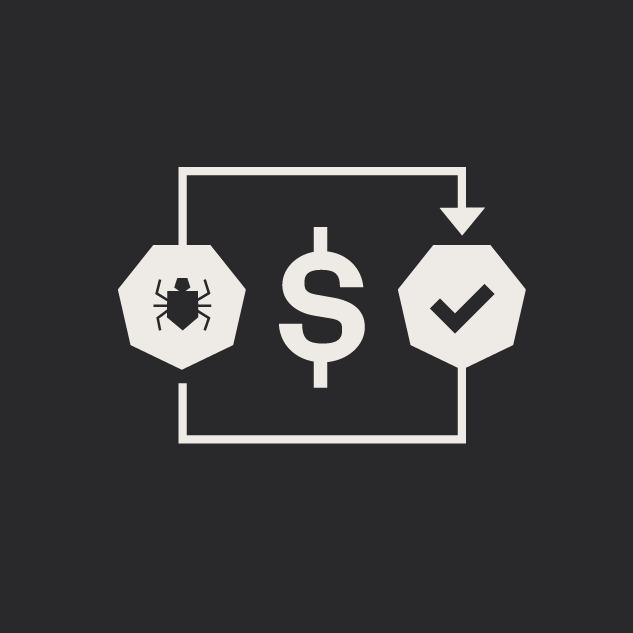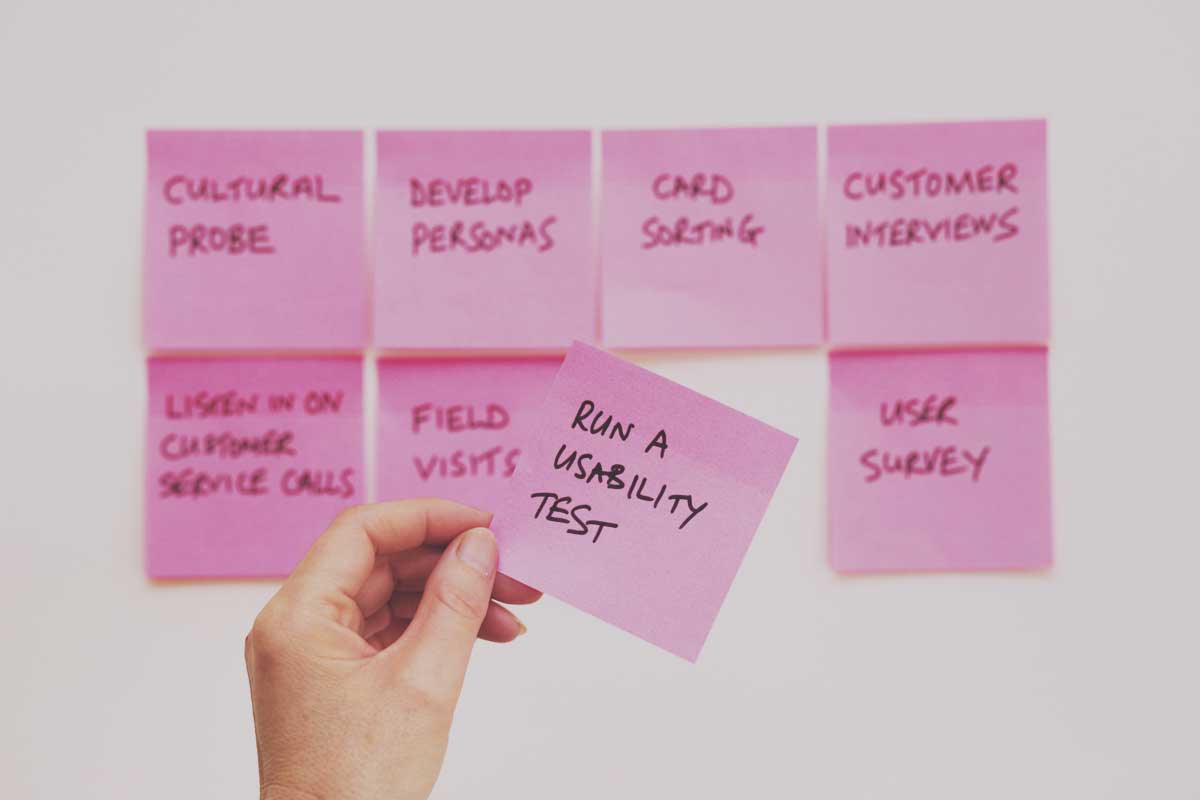5 Tips for Quality Assurance ROI
Kat Rahlf QA Engineer#Digital Strategy

QA should not be an afterthought in software development. Waiting until the last minute often leads to delayed releases & increased development costs.
In today’s fast-paced tech landscape, Quality Assurance (QA) is more critical than ever. Human error and software bugs can lead to user dissatisfaction and sometimes financial losses depending on the severity of the bug. Introducing regular testing into a development process can seem like a costly endeavor but if it is done correctly it is sure to lead to a higher quality and more efficient development cycle. To ensure the best return on investment (ROI) for your company’s software testing and QA efforts, it is essential to employ effective methodologies. Here are five tips to help you achieve that:
Utilize Experienced QA Testers
QA is not just about running scripts or clicking random buttons. It requires a deep understanding of the product and its intended functionality. Hiring and retaining experienced QA testers who are familiar with your type of product ensures that they can identify potential issues more effectively. This QA team should understand the intricacies of your software, enabling them to create comprehensive test scenarios and provide valuable feedback to developers and product owners. While any qualified QA professional should be able to adapt to testing a product without intimate knowledge, it is advantageous to have at least one tester who is or can become a subject matter expert on your product.
Implement a Combination of Manual and Automated Testing
While automated testing offers efficiency and repeatability, manual testing provides a human touch that can uncover nuanced bugs that automated scripts might miss. By combining both approaches, you can leverage the strengths of each method. Automated tests can handle repetitive tasks and regression testing, while manual testers can explore edge cases, user experience, and accessibility issues. This blend of manual and automation strategies results in a more robust QA process which will lead to a better return on investment (ROI) of your testing efforts and a higher quality product.
Empower Testers to Drive Test Planning
Testers should be seen as more than just executors of test cases; they should be seen as key collaborators and owners of the whole testing process. By empowering testers to create testing strategies, you benefit from their unique perspective and domain expertise. Testers can identify potential risks, prioritize test scenarios, and propose new testing techniques. When testers are empowered to drive planning, it fosters a collaborative environment and leads to more efficient QA processes.
Include Testers in Technical Planning
QA should not be an afterthought in software development. Waiting until the last minute often leads to delayed releases and increased development costs. Testers bring a distinct viewpoint to technical discussions, helping to identify potential pitfalls and quality bottlenecks early on. By including testers in all stakeholder technical planning meetings, such as design reviews and architecture discussions, you can proactively address quality concerns and prevent costly rework later in the development cycle. This proactive approach saves time and resources and can result in cost savings.
Utilize Test Metrics to Guide Decision-Making
Test metrics provide valuable insights into the effectiveness of your QA efforts and help identify areas for improvement. Metrics such as test coverage, defect density, and test efficiency offer valuable data that can guide decision-making and resource allocation. By tracking these metrics over time, you can monitor the progress of your QA initiatives, identify trends, and make informed adjustments to ROI calculations.
Achieving the best ROI on software QA requires a strategic and collaborative approach. By leveraging experienced QA testers, utilizing a combination of manual and automated testing, empowering and including testers in all technical and test planning, and utilizing metrics to guide decision-making, you can maximize the effectiveness of your QA efforts and deliver high-quality software that meets user expectations. Investing in QA not only enhances product quality but also pays off in terms of user satisfaction and business success.
Frequently Asked Questions
Balancing manual and automated testing involves assessing the specific needs and context of the project. Automated testing is best suited for repetitive tasks, regression testing, and areas that require consistent execution over time. Manual testing, on the other hand, is irreplaceable for exploratory testing, usability, and accessibility issues that require human judgment. Organizations can start by automating stable and repetitive parts of their test suites while employing manual testing for new features or areas that are subject to frequent change. Additionally, fostering a culture that values both approaches and training teams in both manual and automated testing techniques can help achieve a balanced and integrated testing strategy.
Improving collaboration between QA testers and developers can significantly enhance the software development process and product quality. One effective way is through Agile methodologies, which promote continuous communication and collaboration among all team members throughout the development cycle. Implementing pair testing, where a developer and a tester work together on testing tasks, can also foster understanding and quick feedback. Regular cross-functional meetings that include both developers and testers can help align goals and share insights. Additionally, using integrated development and testing environments can help both roles understand the impact of changes in real-time. Lastly, promoting a culture that values quality as a shared responsibility can motivate both testers and developers to work together more effectively.
Key metrics for improving Quality Assurance (QA) Return on Investment (ROI) include test coverage, which measures the extent to which the software is tested; defect density, which indicates the number of defects found per size of the software component (like per lines of code or function points); and test efficiency, which looks at the ratio of tests that are automated versus those that are manual, as well as the time taken for testing phases. Tracking these metrics helps identify areas of inefficiency and success, guiding better decision-making for future QA efforts. By focusing on these metrics, organizations can align their testing efforts with strategic goals, ensuring that resources are used effectively and that software quality is maintained at an optimal level.
Related Articles
Results Matter.
We design creative digital solutions that grow your business, strengthen your brand and engage your audience. Our team blends creativity with insights, analytics and technology to deliver beauty, function, accessibility and most of all, ROI. Do you have a project you want to discuss?
Like what you read?
Subscribe to our blog "Diagram Views" for the latest trends in web design, inbound marketing and mobile strategy.


